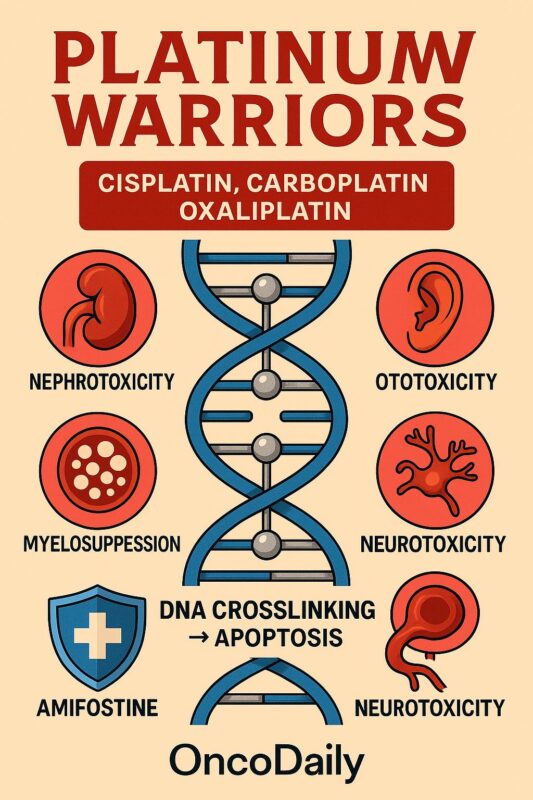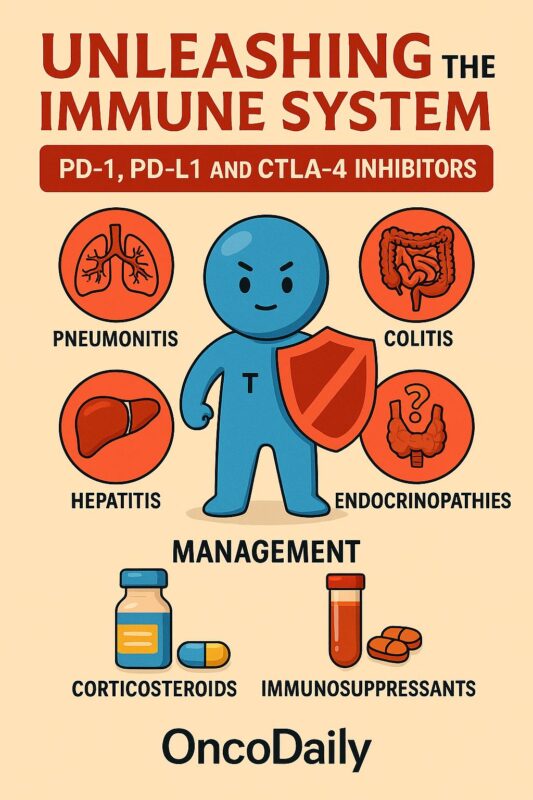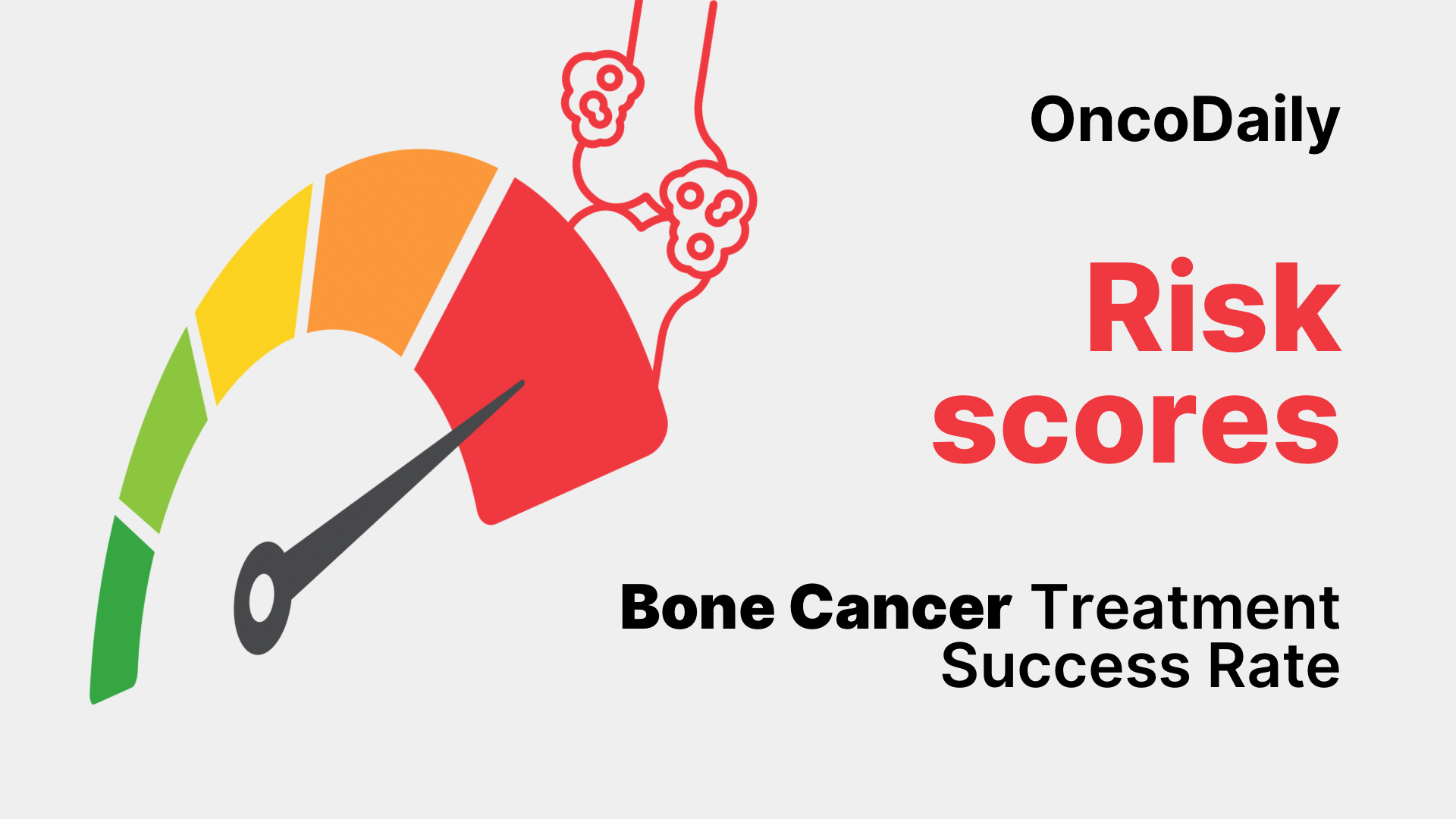Understanding the Landscape of Bone Cancer
Bone cancer is an uncommon but serious malignancy that originates either in the bone itself (primary bone cancer) or spreads to the bone from other cancers (secondary or metastatic). Though it accounts for less than 1% of all cancers, its impact—especially on younger patients—is profound. Over the years, medical advancements have shifted the outlook, and today, the bone cancer treatment success rate is steadily improving (American Cancer Society, 2024).
Primary bone cancers include osteosarcoma, Ewing sarcoma, and chondrosarcoma. Each behaves differently and responds to treatment in unique ways. For patients and families navigating a new diagnosis, understanding how these differences affect remission and survival is critical.
When Can Bone Cancer Be Cured?
Cure is most realistic when bone cancer is caught early and remains localized. In these cases, complete surgical removal of the tumor, often followed by chemotherapy, offers the best chance of long-term remission. For osteosarcoma, this could mean undergoing a limb-sparing surgery or, in some cases, an amputation, depending on the tumor’s size and location. When surgery is successful and combined with effective chemotherapy, the five-year survival rate for localized disease can reach 60% to 75% (SEER, 2023).
Similarly, in Ewing sarcoma—which frequently affects children and adolescents—combining chemotherapy, surgery, and sometimes radiation has improved survival to approximately 70% in localized cases (National Cancer Institute, 2023). Unfortunately, once bone cancer has metastasized, these numbers fall significantly, often below 30%, but remission is still possible with aggressive treatment.

What Is the Bone Cancer Treatment Success Rate by Type?
The bone cancer treatment success rate varies significantly by histological subtype:
- Osteosarcoma: The most common primary bone tumor in adolescents and young adults. With multimodal therapy, five-year survival is around 60–75% in localized disease, but drops to 20–30% when metastatic (Janeway et al., 2011).
- Ewing Sarcoma: Highly chemosensitive and responsive to radiation. Localized disease has a five-year survival rate of approximately 70%; metastatic cases have a success rate under 30% (Leavey et al., 2008).
- Chondrosarcoma: Typically affects adults and is less responsive to chemotherapy. The prognosis depends on tumor grade. Low-grade tumors can have a cure rate above 80% with surgery alone, while high-grade forms carry a poorer prognosis (Damron et al., 2007).
Is Remission Possible in Advanced Bone Cancer?
While the chance of cure in metastatic or recurrent bone cancer is limited, remission is not out of reach. Select patients—particularly those with limited pulmonary metastases—can achieve long-term remission through metastasectomy and systemic therapy. For example, surgical removal of isolated lung metastases in osteosarcoma has resulted in five-year survival in 20–40% of patients when complete resection is achieved (Briccoli et al., 2004).
Chemotherapy response is a major prognostic factor. Tumors demonstrating high necrosis rates after neoadjuvant chemotherapy—especially in osteosarcoma—are associated with better long-term outcomes (Bacci et al., 2006). While immunotherapy is not yet standard in bone sarcomas, early-phase clinical trials are underway to explore checkpoint inhibitors and CAR T-cell therapies, particularly in refractory cases.

What Influences Bone Cancer Treatment Success Rate?
The bone cancer treatment success rate is determined by a range of clinical, biological, and systemic factors:
- Tumor stage and size at diagnosis: Early, localized tumors are more amenable to complete resection and curative treatment.
- Anatomic location: Tumors in the limbs are more easily removed with limb-sparing surgery, whereas pelvic or spinal tumors are more challenging.
- Tumor biology: High-grade, rapidly proliferating tumors tend to have worse outcomes, though they may respond better to chemotherapy.
- Patient age and overall health: Younger, healthier patients are often able to tolerate more intensive treatment regimens.
- Specialized care: Treatment at high-volume sarcoma centers is linked to improved surgical outcomes, higher resection rates, and greater participation in clinical trials (Trovik et al., 2014).
Looking Ahead: The Future of Bone Cancer Care
Clinical trials are actively exploring strategies to improve remission and survival. These include immune checkpoint inhibitors (e.g., pembrolizumab), tyrosine kinase inhibitors (e.g., regorafenib for osteosarcoma), and advanced surgical techniques like 3D-printed implants and biologic reconstructions. Personalized medicine approaches—such as genomic profiling of tumors—are also emerging, though their clinical impact is still under evaluation.
Post-treatment survivorship care has also become a priority. Many survivors of bone cancer require long-term rehabilitation, prosthetic support, and monitoring for recurrence or late effects of chemotherapy such as cardiotoxicity or secondary malignancies.

Conclusion
Bone cancer remains a complex and rare disease, but one where significant strides have been made. The bone cancer treatment success rate is highest in early-stage, localized tumors treated with surgery and chemotherapy. Even in more advanced stages, remission is possible with aggressive, multidisciplinary care. As research progresses and therapies become more personalized, the outlook continues to improve, offering new hope to patients and families facing this diagnosis.
You Can Watch More on OncoDaily Youtube TV
Written by Armen Gevorgyan, MD
